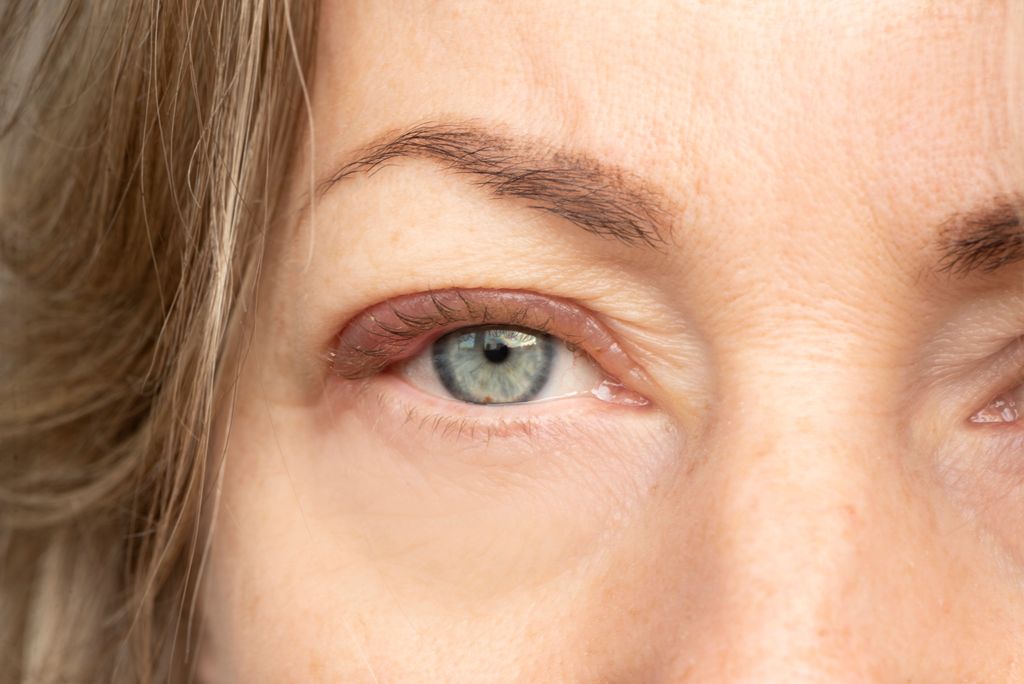Do You Need Blepharoplasty for Hooded Eyes?

Table of contents
1.
2.
5.
6.
7.
8.
9.
10.
11.
12.
13.
14.
14.
Blepharoplasty is a proven surgical solution if you’re frustrated by drooping eyelids or excess skin obscuring your natural eye contour. This procedure reduces excess eyelid skin and restores a refreshed, more open-eyed appearance, often improving vision if sagging lids interfere with sight.
Hooded eyes occur when a fold of skin droops over the natural eyelid crease, sometimes making eyes look tired or older than you feel. Blepharoplasty targets this problem by removing or repositioning skin and tissue, creating a brighter, more youthful look. Many patients notice a boost in their appearance and an improved field of vision. With a skilled oculoplastic surgeon like Dr. Ann Jayaram, you can expect personalized results tailored to your facial anatomy and goals.
Feeling self-conscious about heavy, hooded eyelids is common. After blepharoplasty, many people experience a significant boost in confidence and self-esteem. Restoring a more vibrant, rested appearance helps reflect how you truly feel inside.
Your journey begins with a detailed assessment, where Dr. Ann Jayaram listens to your goals, examines your eyelid anatomy, and discusses expected results. You can ask questions and review relevant options, ensuring you feel informed and confident in your decision.
Blepharoplasty can be performed on the upper eyelids, lower eyelids, or both, depending on your needs. For hooded eyes, upper blepharoplasty is the main approach, focusing on removing or repositioning excess skin and tissue above the eye. Lower blepharoplasty addresses under-eye bags and puffiness, which may complement the results.
Tips for optimal healing and results include applying cold compresses as directed, keeping your head elevated while resting, and following Dr. Ann Jayaram’s post-op instructions closely.
Results are long-lasting, with many people enjoying their refreshed look for 10–15 years. Maintaining a healthy lifestyle and protecting your skin from sun exposure can help prolong your results.
View our cosmetic eyelid surgery photos in our gallery.
For those not ready for surgery, non-surgical treatments can offer subtle improvements. Options include Botox for brow elevation or fillers to support the upper lid. Results are temporary but may delay the need for surgery. In many cases, upper eyelid filler injections are preferable for younger patients.
Blepharoplasty can be combined with other aesthetic procedures for enhanced results. Popular choices include brow lamination to lift and shape the brows or skin resurfacing treatments for smoother, brighter skin.
However, it’s important to note that Dr. Jayaram does not perform surgical brow lifts. Her focus is on upper eyelid blepharoplasty and lower eyelid surgery to refine the eye contour and restore a rested, natural look. In some cases, she may recommend non-surgical alternatives or collaborate with other specialists if a brow lift is needed. During your consultation, Dr. Jayaram will evaluate whether the appearance of drooping is due to excess fat, brow descent, or true eyelid ptosis and help you decide on the best course of treatment tailored to your anatomy and goals.
As an oculoplastic surgeon, Dr. Ann Jayaram brings advanced training and a personalized approach to every blepharoplasty for hooded eyes. Her focus on natural, harmonious outcomes has helped many patients achieve renewed confidence and improved vision. Discover more about her credentials and philosophy at ellevateMD.